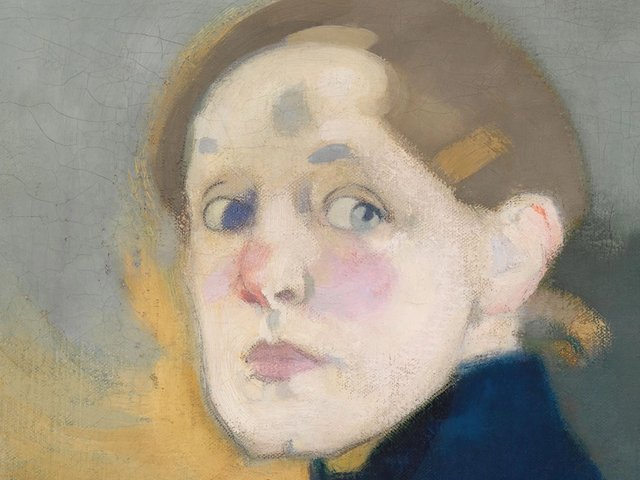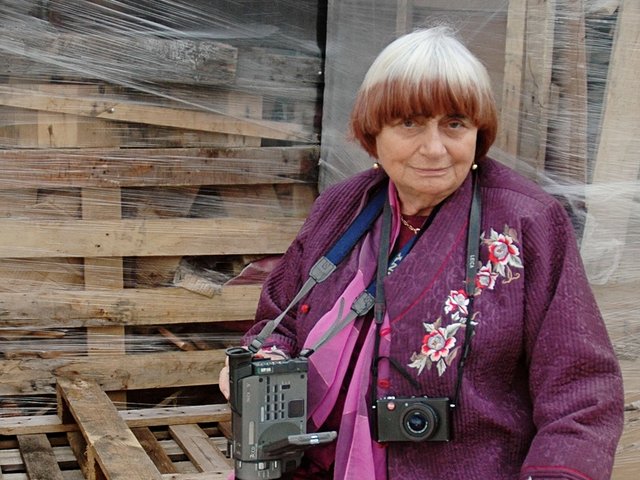Liverpool Biennial is back for its tenth edition, filling gallery spaces and more surprising venues across the port city with international contemporary art until 28 October. Its title, Beautiful World, Where Are You?, was chosen as “a call to artists and audiences to reflect on a world in social, political and economic turmoil”, says the biennial’s director, Sally Tallant. Organised in the wake of the 2016 Brexit referendum (in which Liverpool voted Remain), the biennial opened on 14 July, amidst mass protests against President Trump’s UK visit. But the works on show, by more than 40 artists from 22 countries, often deviate from the politically-charged curatorial manifesto, unfolding across the 16 venues in far more open-ended, personal and optimistic ways. With several lengthy films in the mix, expect to spend at least two days getting the measure of them all. Around 30 works are new commissions; here, we pick out five of the highlights, from an unlikely homage to English morris dancers to a community garden of “migrant” plants.
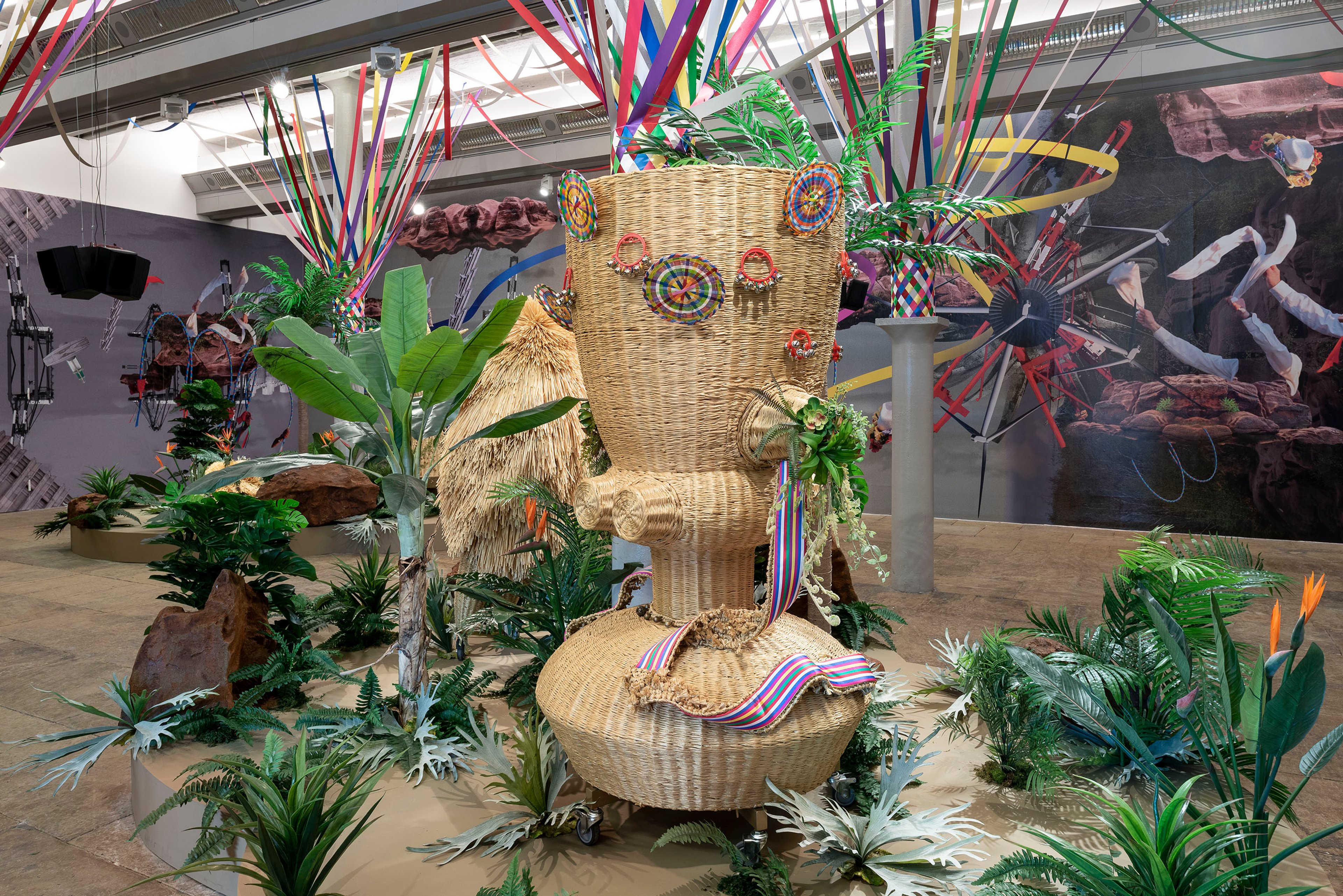
The Berlin-based Korean artist Haegue Yang has turned Tate Liverpool’s ground-floor gallery into a weird and wonderful environment for her ongoing sculpture series The Intermediates. Eight anthropomorphic straw totems evoking traditional pagan symbols are set within a maximalist mix of artificial tropical plants, pillars decked in ribbons like English country maypoles and speakers playing wildlife recordings from the British Library’s sound archive. Yang teamed up with the Liverpool-based designer Mike Carney to produce the kaleidoscopic wallpaper, Dockside Rock and Roll (2018), a parade of motifs she says are “100% local”, including morris dancers, red rocks from the Wirral and Art Deco details from the nearby George’s Dock ventilation tunnel. The multi-layered fusion of fantasy and reality, nature and artifice, local and global cultures reflects her “constant necessity and desire to translate”, she says, comparing her learned knowledge of Liverpool to her non-native command of the English language. Haegue Yang’s Long Neck Woman Upside Down (2016) in a new environment at Tate Liverpool. Photo: Roger Sinek; © Tate Liverpool
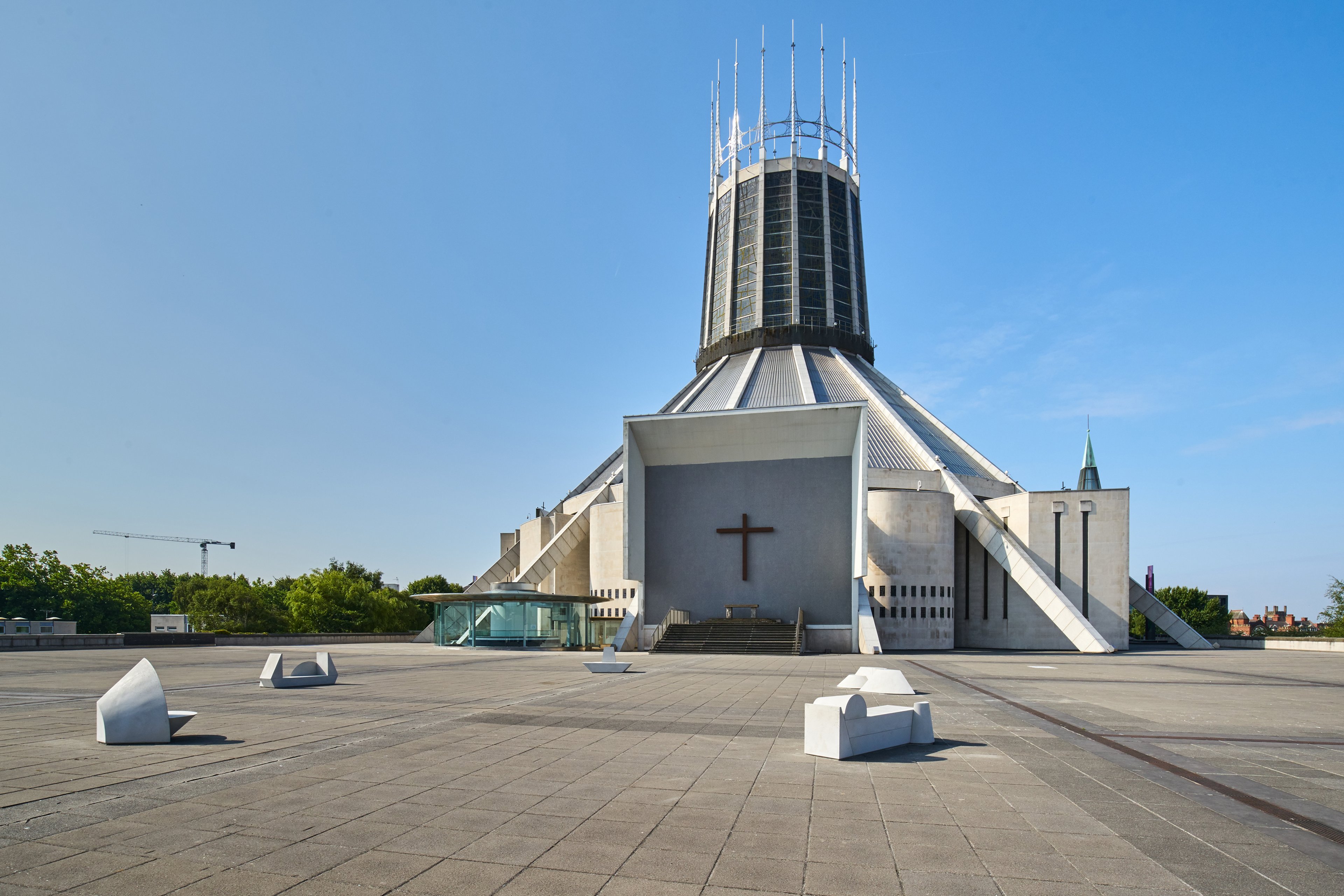
Five sculptural benches are new additions to the concrete plaza behind Liverpool’s hulking, space-age Catholic cathedral. They are part of a project called Time Moves Quickly by Ryan Gander and five children from a local primary school: Jamie Clark, Phoebe Edwards, Tianna Mehta, Maisie Williams and Joshua Yates (all are credited on the official artist list for the biennial). Inspired by the Montessori method of child-centred learning, Gander deconstructed the architectural landmark into geometric building blocks that the children reconfigured to their own designs; their maquettes were scaled up to make the benches. They have also created a series of playful paintings and sculptures for a parallel display at the Bluecoat arts centre. Gander and the biennial have now launched a £10,000 fundraising campaign on Kickstarter, running until 9 August, to make the benches permanent and to develop free digital resources. The aim, they say, is to celebrate child creativity in the face of creeping cuts to arts education in UK schools. Ryan Gander with Jamie Clark, Phoebe Edwards, Tianna Mehta, Maisie Williams and Joshua Yates, From five minds of great vision (The Metropolitan Cathedral of Christ the King disassembled and reassembled to conjure resting places in the public realm, 2018). Photo: Rob Battersby
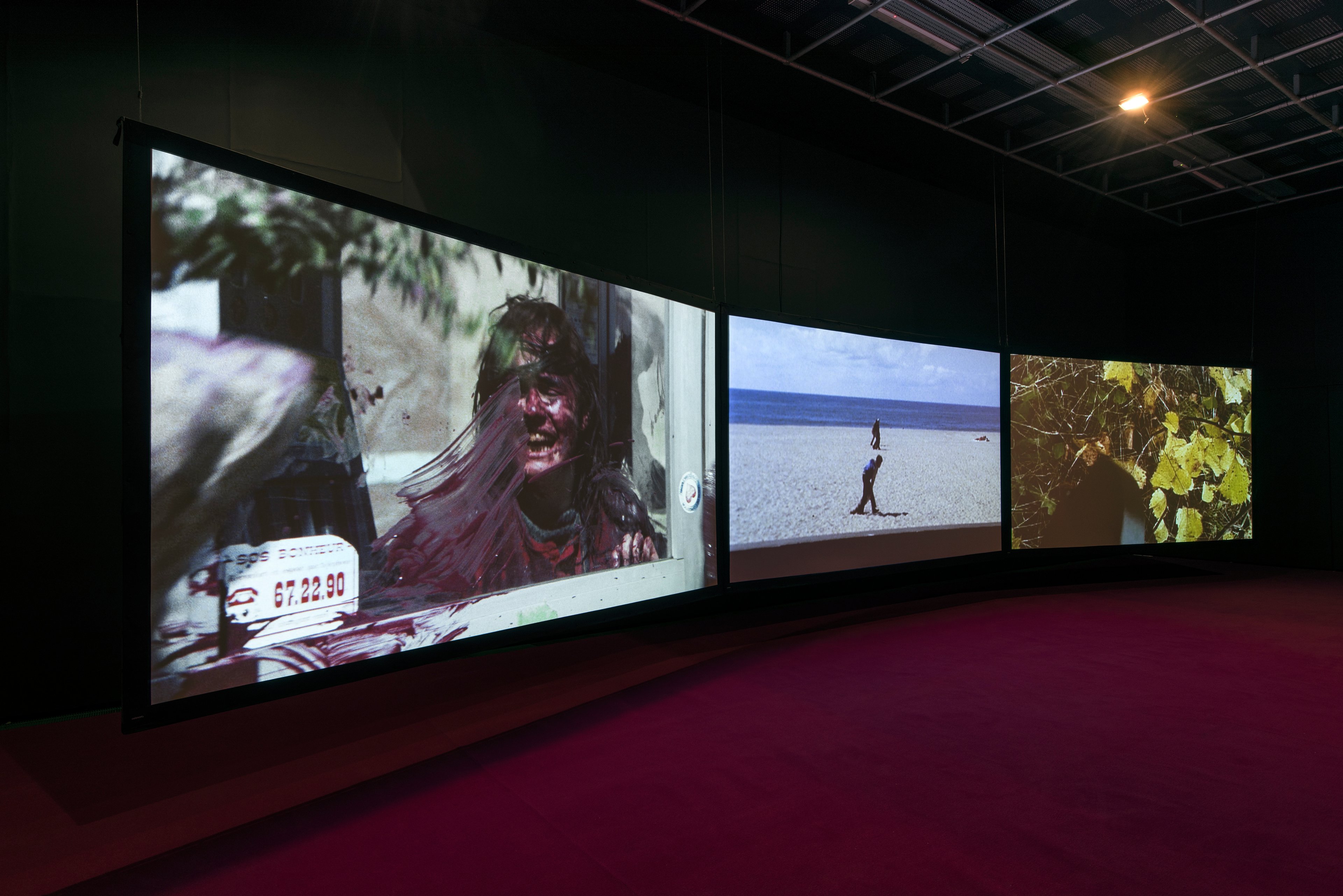
Agnès Varda, the grande dame of French New Wave cinema, did not enter the art world until her mid-70s, when Hans Ulrich Obrist invited her to exhibit at the 2003 Venice Biennale, although, she says, “I was ready even before he called me”. Now 90, she is presenting a trio of works at the art and film venue Fact. Closest to her cinematic style is Ulysse, a charming 1982 short film ruminating on an enigmatic photograph she took on a beach in 1954, of a naked man looking out to sea, a little boy (Ulysse) crouching at his feet and a dead goat. Tracking down her two human subjects, Varda finds neither is able or willing to remember his experience of that day. The enduring mystery of images is also explored in the new triptych film installation 3 moving images. 3 rhythms. 3 sounds (2018), Varda’s first commission in the UK, which reflects her move towards more experimental, fragmentary formats in a gallery setting. Meanwhile, a photographic banner suspended above the café, 5 Dreamers (2012), shows the artist’s grandson and his friends as nude seaside dreamers—“this, for me, is the beautiful world”, Varda says. Agnès Varda's 3 moving images. 3 rhythms. 3 sounds (2018). Photo: Thierry Bal
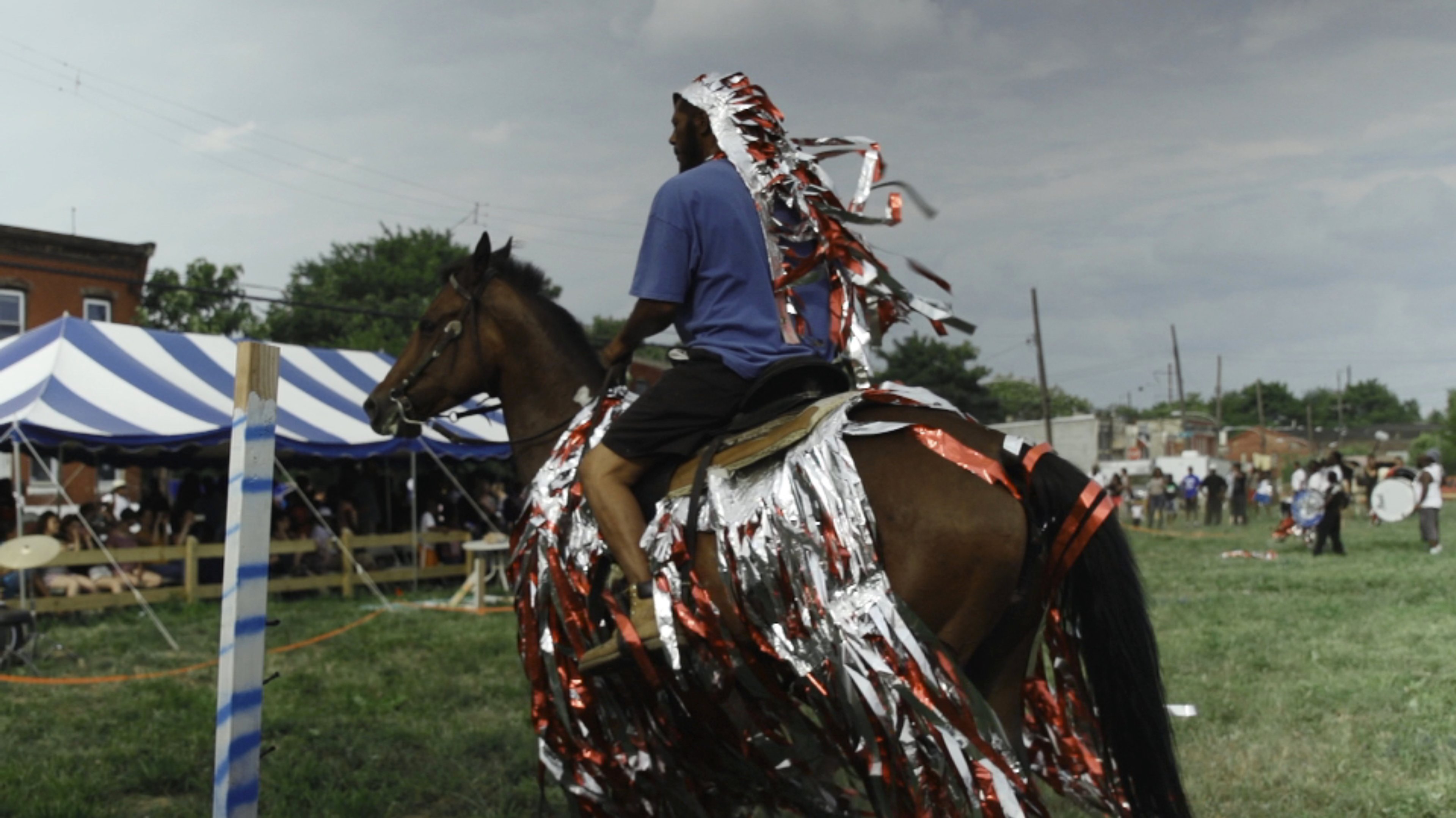
Sharing the bill with Varda at Fact is the French-Algerian artist Mohamed Bourouissa, with two films that are testament to his community-based practice. Horse Day (2014-15) is a kinetic diptych of black urban cowboys in a deprived north Philadelphia neighbourhood; shunning the stetsons and spurs of the white American West, they proudly define themselves as “horsemen” and dress their steeds in homemade costumes. More melancholic is The whispering of ghosts (2018), in which a former patient of the psychoanalyst and postcolonial theorist Frantz Fanon explains his occupational therapy through gardening at a psychiatric hospital in Blida, Algeria. The encounter inspired Bourouissa’s Resilience Garden in Granby, the most ethnically diverse part of Liverpool. Cultivated over the past months with local gardeners and school children, the garden includes “migrant” plant species with healing properties, such as luffa, cardamom and aloe vera. Already home to regular educational workshops, it will be open to the public on Saturday afternoons throughout the biennial, after which Bourouissa plans to hand it over to the care of the community. A still from Mohamed Bourouissa's film Horse Day (2014-15). Image: courtesy of the artist and Kamel Mennour
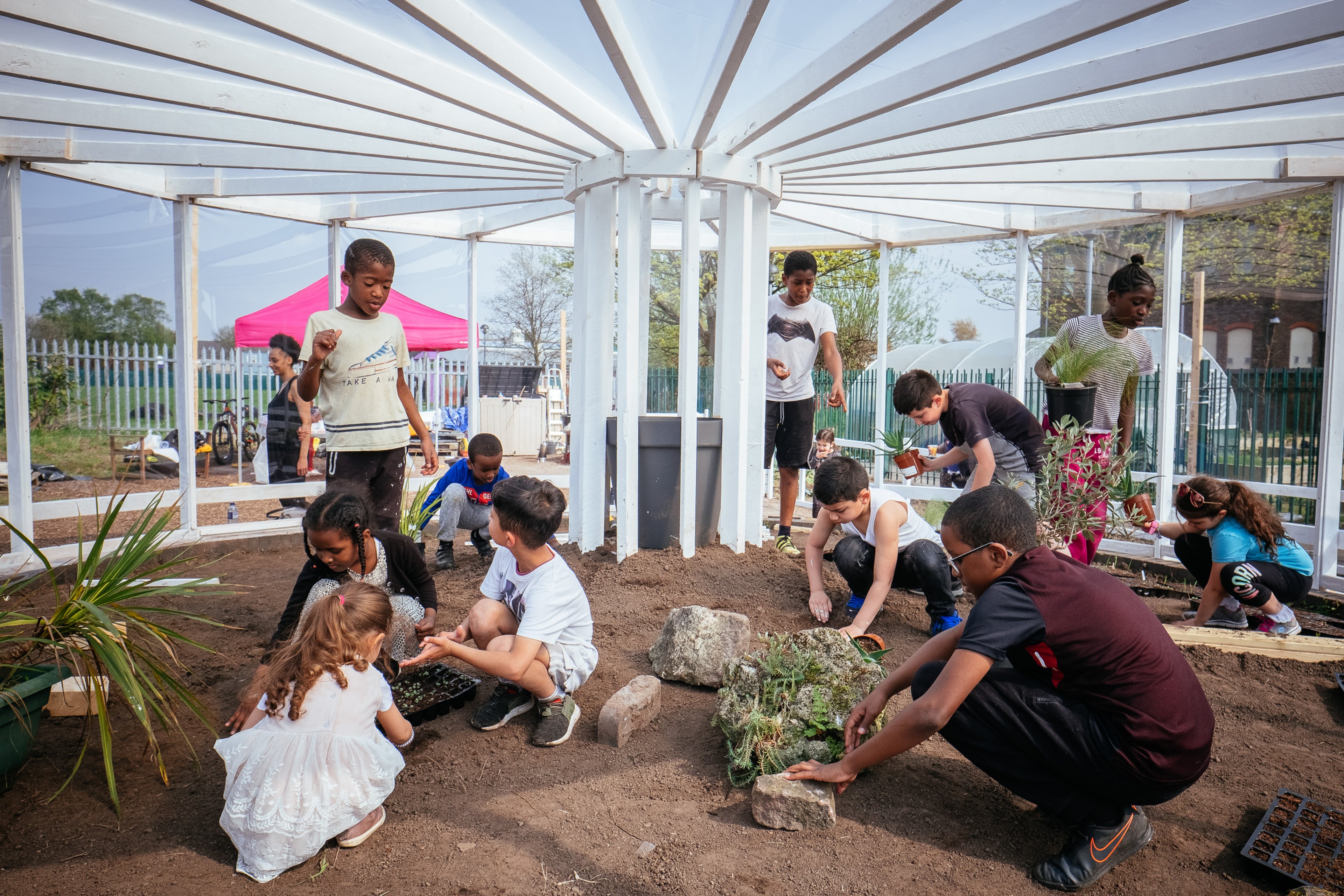
The Granby Gardening Club at work on Mohamed Bourouissa's Resilience Garden (2018) in April. Pete Carr

In the dark belly of neoclassical St George’s Hall, a new venue for the biennial, former underground prison cells and a courtroom play host to a run of film installations. The first of these is Inci Eviner’s Reenactment of Heaven (2018), a Hieronymus Bosch-like moving tableau of women performing beneath a panorama of the Istanbul skyline. For four minutes these miniature figures twerk, writhe, gyrate, sprawl, worm-dance, grapple with petticoats and dangle from a trapeze (to name a few) against a soundtrack of warbling, hissing and incantations. The piece “addresses the place of women in heaven”, staking a claim for an ever-active female agency and physicality untrammelled by the religious patriarchy. The figures are surrounded by flowing strokes in black ink, the marks of Eviner’s own creativity across the screen. Like the sound, they also spill out into the corridor, where a collaged selection of her preparatory drawings and photographs for the installation are arrayed over both walls. Inci Eviner's Reenactment of Heaven (2018). Image: courtesy of the artist
The Berlin-based Korean artist Haegue Yang has turned Tate Liverpool’s ground-floor gallery into a weird and wonderful environment for her ongoing sculpture series The Intermediates. Eight anthropomorphic straw totems evoking traditional pagan symbols are set within a maximalist mix of artificial tropical plants, pillars decked in ribbons like English country maypoles and speakers playing wildlife recordings from the British Library’s sound archive. Yang teamed up with the Liverpool-based designer Mike Carney to produce the kaleidoscopic wallpaper, Dockside Rock and Roll (2018), a parade of motifs she says are “100% local”, including morris dancers, red rocks from the Wirral and Art Deco details from the nearby George’s Dock ventilation tunnel. The multi-layered fusion of fantasy and reality, nature and artifice, local and global cultures reflects her “constant necessity and desire to translate”, she says, comparing her learned knowledge of Liverpool to her non-native command of the English language. Haegue Yang’s Long Neck Woman Upside Down (2016) in a new environment at Tate Liverpool. Photo: Roger Sinek; © Tate Liverpool
In pictures: five of the best new commissions at Liverpool Biennial 2018
Theme of tenth edition invokes turmoil of global politics, but artists react in individual ways
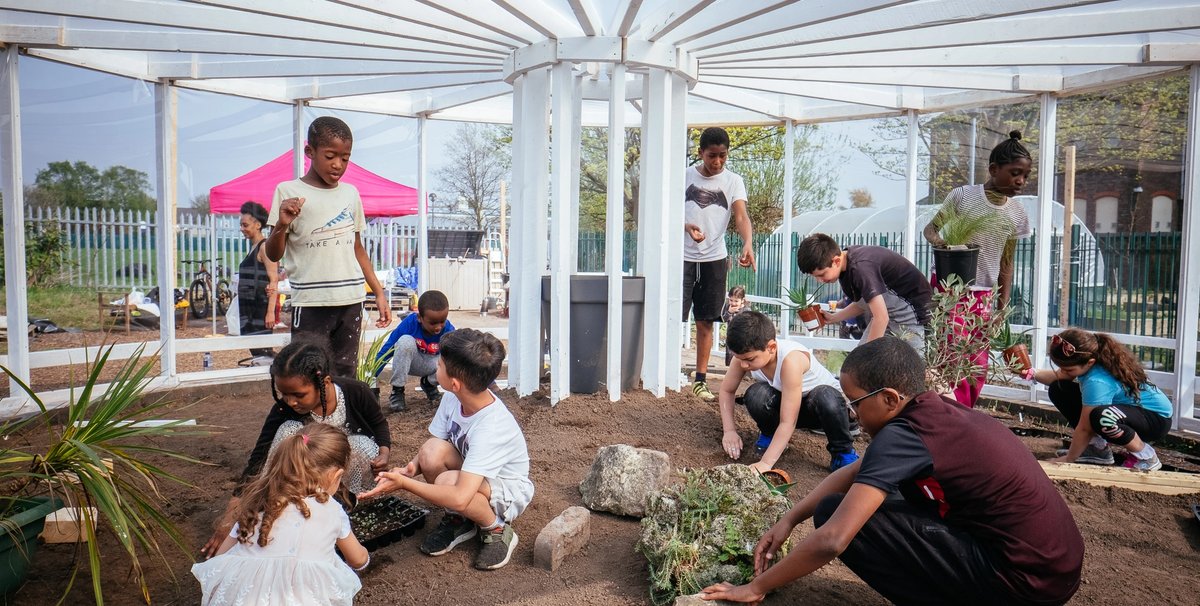
The Granby Gardening Club at work on Mohamed Bourouissa's Resilience Garden (2018) in April. © Pete Carr Pete Carr


